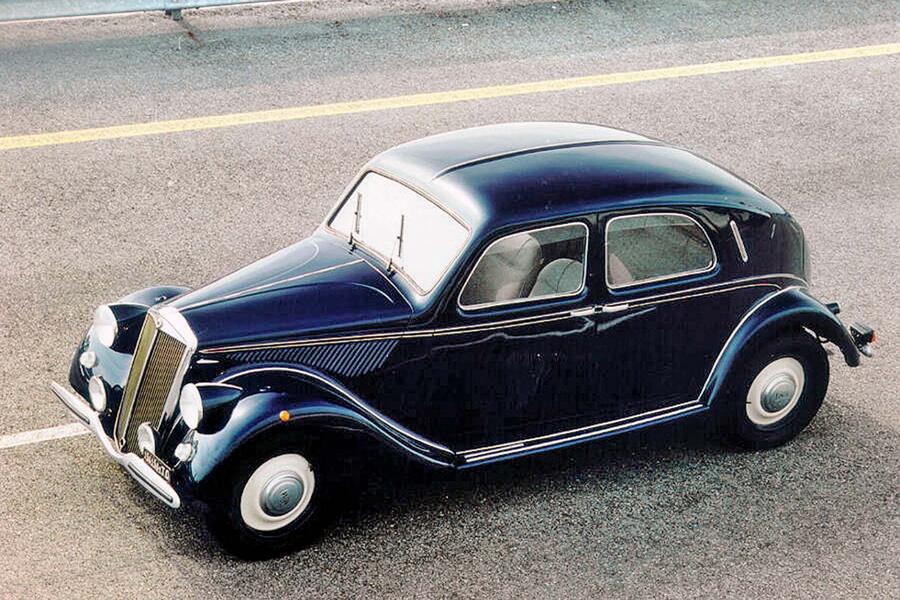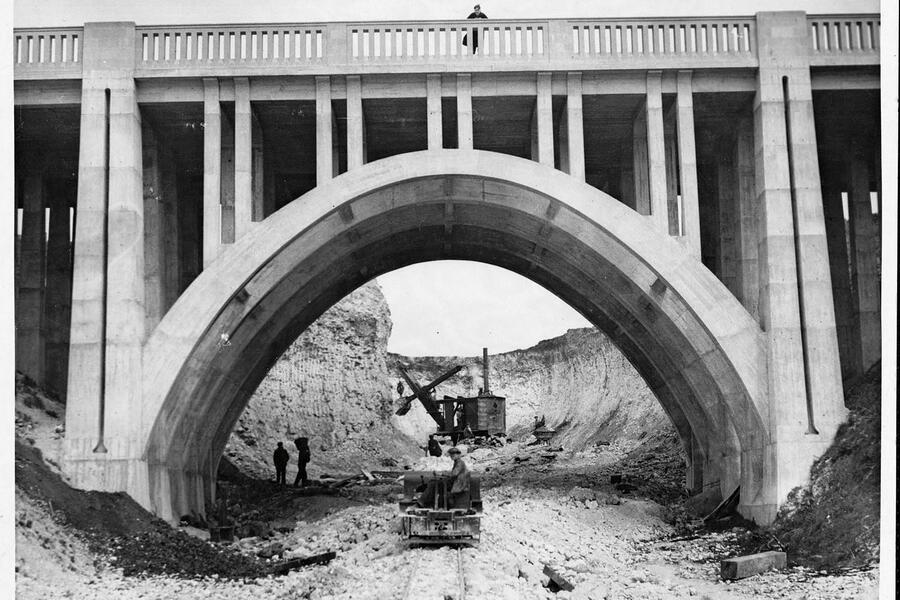The Toyota Hyryder has the longest wait time stretching up to the second half of 2024

The compact SUV segment is becoming crowded with upcoming entrants like the Honda Elevate and Citroen C3 Aircross. Currently, there are six SUVs on sale in this segment, priced between Rs 10 lakh and Rs 20 lakh (ex-showroom), excluding the Mahindra Scorpio which operates in a niche of its own. If you are planning to buy one of these compact SUVs, here’s how long you have to wait in these 20 cities:
|
Cities |
Hyundai Creta |
Maruti Grand Vitara |
VW Taigun |
Toyota Hyryder |
Skoda Kushaq |
MG Astor |
|
Delhi |
4 months |
6 months |
1 month |
5-10 months |
No waiting |
1 month |
|
Bengaluru |
5 months |
No waiting |
1 month |
10-14 months |
1 week |
No waiting |
|
Mumbai |
3-4 months |
6-7 months |
1 month |
6-8 months |
2-3 weeks |
No waiting |
|
Hyderabad |
2-2.5 months |
4-4.5 months |
2-4 weeks |
3-4 months |
1 month |
No waiting |
|
Pune |
3-4 months |
2-3 months |
1-2 weeks |
5 months |
2-3 weeks |
No waiting |
|
Chennai |
2-4 months |
2-3 months |
2 weeks |
5 months |
1 month |
1-2 months |
|
Jaipur |
3-4 months |
3-3.5 months |
2 weeks |
12 months |
1-1.5 months |
2 months |
|
Ahmedabad |
2-4 months |
3-4 months |
No waiting |
12 months |
1-2 weeks |
1 month |
|
Gurugram |
2.5-3 months |
3 months |
3-4 weeks |
6 months |
No waiting |
2-3 months |
|
Lucknow |
2-6 months |
4-5 months |
1.5-2 months |
5-8 months |
2-3 weeks |
1-2 months |
|
Kolkata |
2-4 months |
2.5-3 months |
No waiting |
6-8 months |
1 week |
No waiting |
|
Thane |
3-4 months |
6-7 months |
No waiting |
4 months (Petrol) / 12 months (Hybrid) |
1.5 weeks |
1-2 months |
|
Surat |
3-6 months |
1-2 months |
1-2 weeks |
5-8 months |
1-2 weeks |
1 month |
|
Ghaziabad |
3-6.5 months |
4.5-5 months |
3-4 weeks |
3-6 months |
1-2 weeks |
2 weeks |
|
Chandigarh |
2-4 months |
5-6 months |
2 weeks |
3-5 months |
3-4 weeks |
2-3 months |
|
Coimbatore |
3-6.5 months |
4-5 months |
1 month |
5 months |
3-4 weeks |
No waiting |
|
Patna |
2-3 months |
4-5 months |
2 weeks |
5 months |
2 weeks |
1 month |
|
Faridabad |
3-6.5 months |
4-5 months |
3-4 weeks |
10-12 months |
1 week |
2 months |
|
Indore |
2-4 months |
4 months |
No waiting |
3-5 months |
1 month |
1 month |
|
Noida |
2-4 months |
2.5-3 months |
No waiting |
3-6 months |
1-1.5 months |
2 weeks |
Takeaways:

- The Taigun is readily available in cities like Indore, Noida, Thane, Kolkata, and Ahmedabad. The Kushaq has a slightly longer waiting time but is still under a month in most cities.
- The Hyundai Creta is the best-selling SUV in this segment and has a waiting period of around three months. In cities like Faridabad, Coimbatore, Ghaziabad, Surat, and Lucknow, the wait time extends to six months or more.

- The Maruti Grand Vitara has an average waiting period of around 3-4 months. In Bengaluru, there is no waiting period, while in cities like Delhi, Mumbai, Thane, and Chandigarh, the wait time is around 6-7 months.
- The Toyota Hyryder, a rebadged version of the Grand Vitara, has a longer waiting period. In cities like Faridabad, Thane, Ahmedabad, Jaipur, Bengaluru, and Delhi, it might take around a year to get delivery. However, the regular petrol option may be available sooner compared to the strong-hybrid variants.

- The MG Astor is readily available in Coimbatore, Kolkata, Pune, Hyderabad, Mumbai, and Bengaluru. The average wait time is around a month.
- The Kia Seltos has been omitted from this list as the facelifted version will be launching soon and already has over 10,000 pre-orders.
Note: The delivery times may vary depending on the variant and exterior color of the model chosen. It is advisable to check with your dealership for the precise waiting period.
Read More on: Creta on road price



